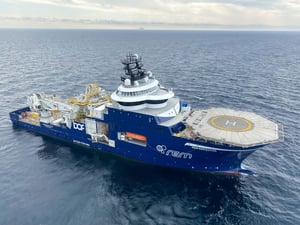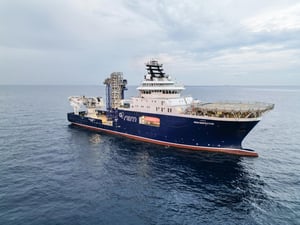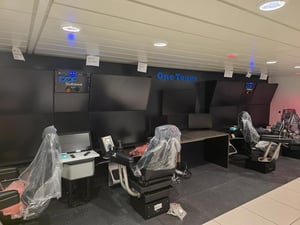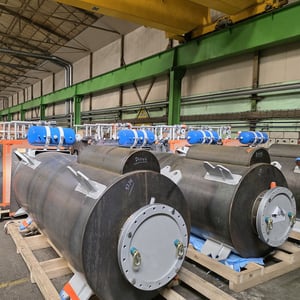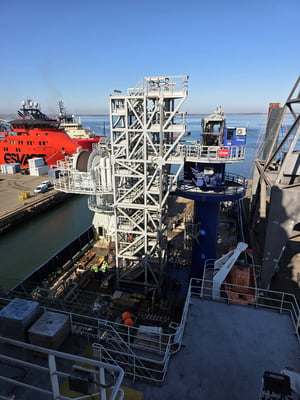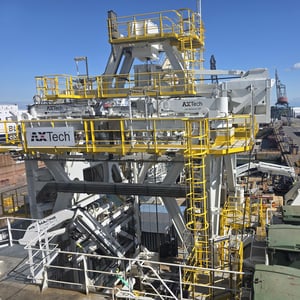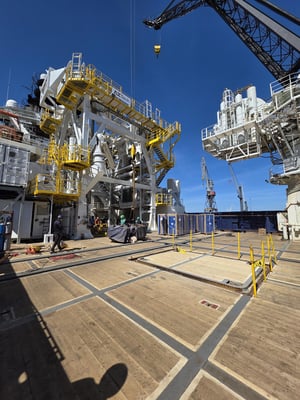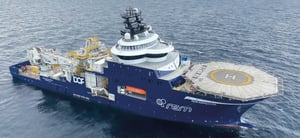
Rem
Inspector
Complex Conversion of HAV Design Vessel Completed in Record Time
Was this even possible?
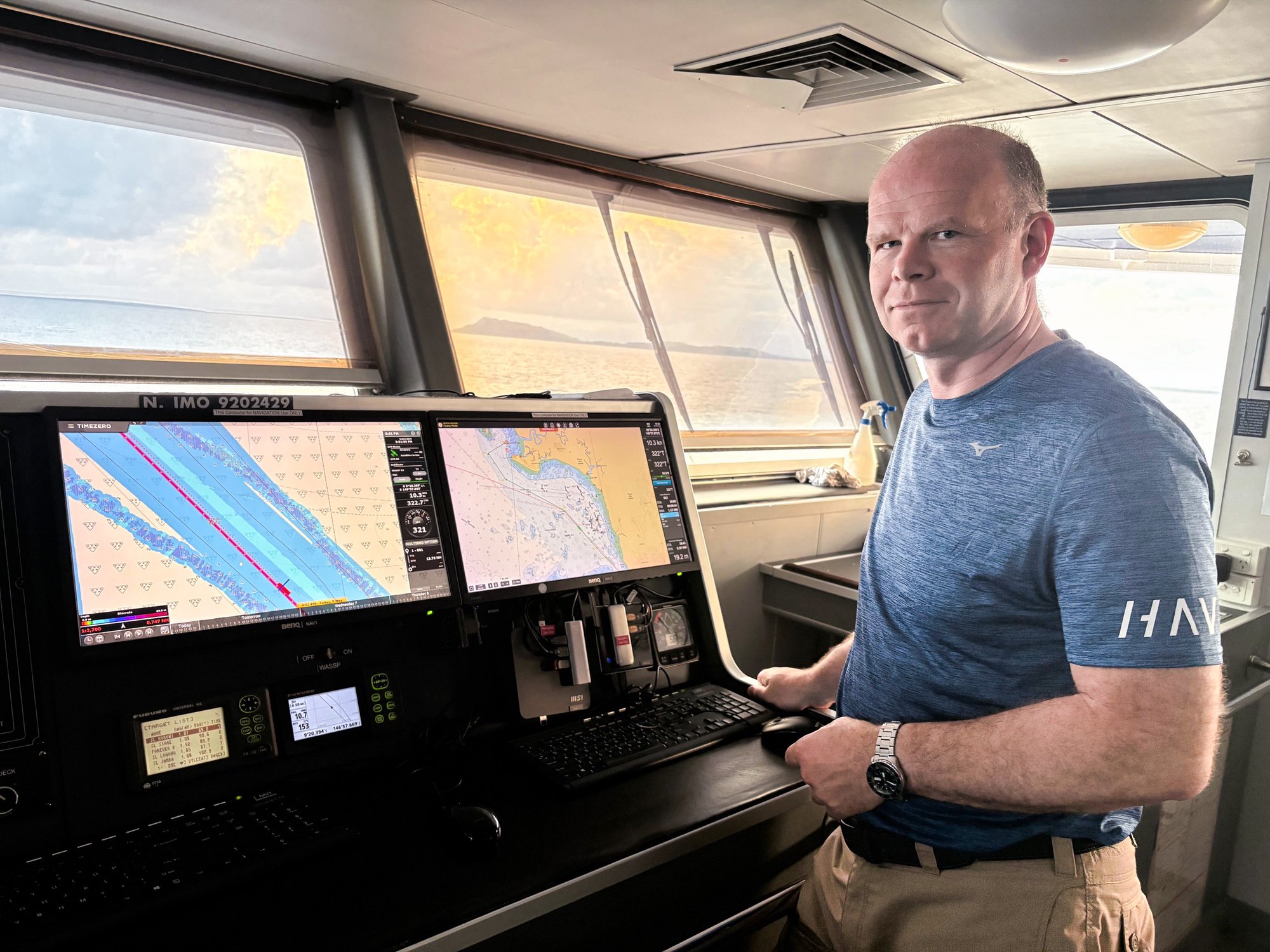
Could it be done?
The chosen vessel was Rem Offshore's IMR ship, the "Rem Inspector," a HAV design from 2013. Meanwhile, in Stavanger, DOF Subsea had a critical component ready: a module handling tower capable of handling subsea modules up to 80 tonnes. The central question was whether the vessel from Taiwan and the tower from Stavanger could be successfully integrated.
Karl-Erik Schjelderup, Rem Offshore's project manager for the conversion, quickly contacted HAV Design. The choice was logical. "They designed the ship when it was built and had all the documentation," Schjelderup explains. "Therefore, it was very efficient to work with them."
According to Sales Manager Jan-Magne Goksøyr of HAV Design, such inquiries are common. Shipowners often look to convert their vessels for new purposes or to adapt to new regulations. "This can include new class requirements, stricter environmental rules, or specific client demands," he says.
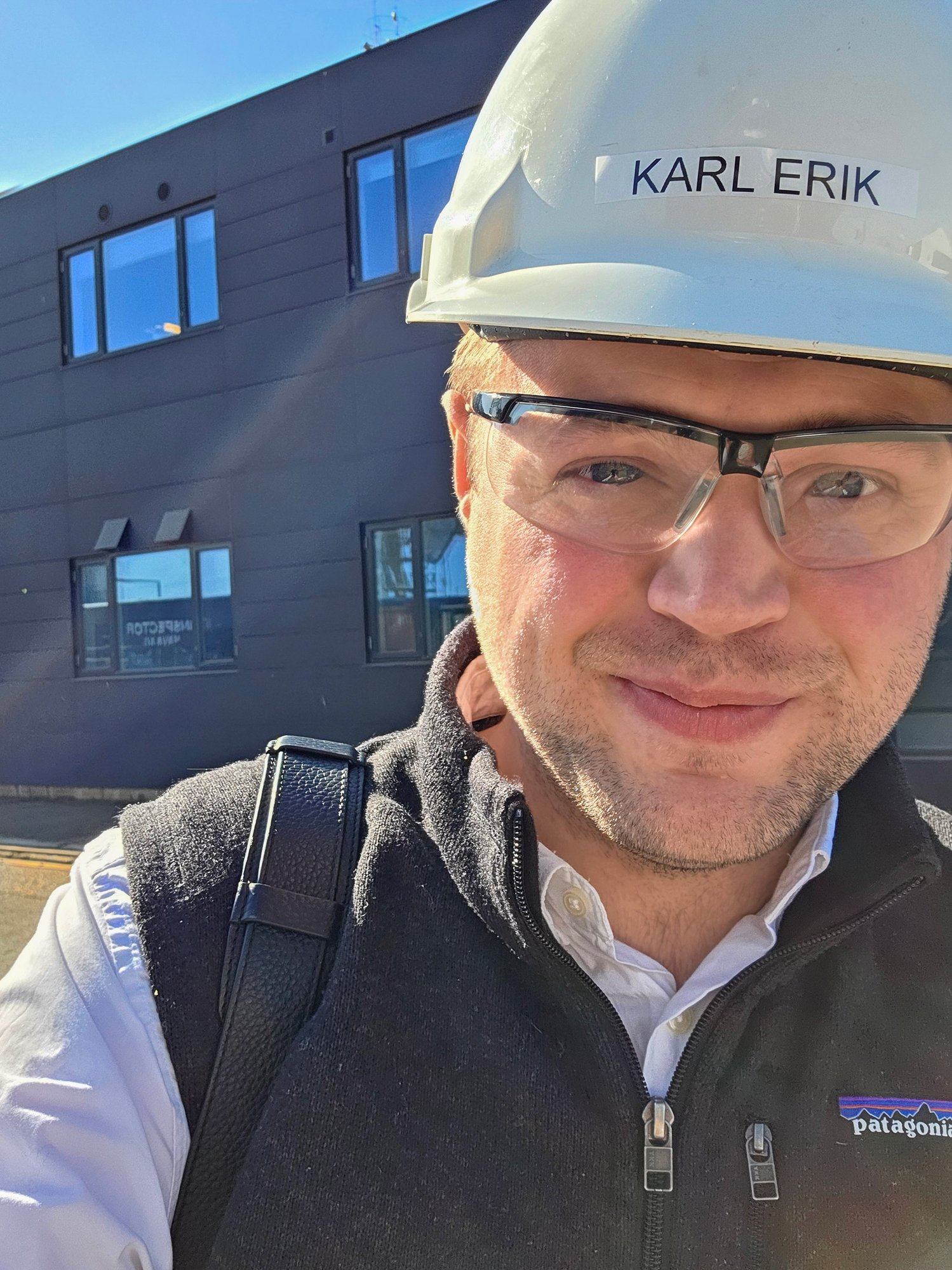
The Big Question
For Petter Frøystad, Technical Manager at HAV Design, the project began with a crucial question: Was it possible to install the 400-tonne tower on the "Rem Inspector"? The answer was a conditional yes, which marked the start of an extensive design and engineering effort.
"This is one of the most comprehensive conversion projects we have been involved in," says Frøystad. "A great deal of new and heavy equipment had to be integrated, which required complex calculations for everything from structural integrity to overall stability."
A "Plug-and-Play" Strategy
Success on such a tight schedule required close collaboration. "In close cooperation with Rem Offshore and DOF Subsea, we prepared a detailed conversion specification early on," Frøystad explains. "This provided a solid basis for obtaining accurate price quotes from the five shipyards competing for the tender. The solutions had to be 'plug-and-play,' meaning all design and engineering work had to be completed before the vessel arrived at the shipyard."

Collaboration Was Crucial
The thorough preparation paid off. The work, done at the Fayard shipyard in Denmark, was completed in just six weeks, significantly faster than the 9–12 weeks estimated by other yards. Both Schjelderup and Grotle highlight the close collaboration with HAV Design as a decisive factor.
"HAV Design took ownership of the project and was genuinely committed to delivering a high-quality result. They provided all the necessary resources and were available every step of the way," says Schjelderup.
Grotle agrees: "They were receptive, quickly grasped the essence of the challenges, and were fast to propose solutions."
Through the conversion, the "Rem Inspector" has become a state-of-the-art vessel, adapted for demanding operations in the North Sea and equipped with new, emission-reducing solutions. For Petter Frøystad, the most important lesson is the value of the interplay between technical expertise and operational experience. He has one clear piece of advice: "All design, engineering, and equipment documentation must be ready before the vessel arrives at the shipyard."
Ready for the Next Generation of Subsea Vessels
Sales Manager Goksøyr emphasizes that the insights from such a complex conversion are directly transferable to the design of new vessels. "Our strength is creating efficient solutions without overcomplicating things, especially when the tasks are inherently advanced," he says. "This experience, combined with several exciting subsea concepts we have on the drawing board, makes us ready for the next generation of vessels. We are keen to take on more newbuild projects in the subsea sector," he concludes.
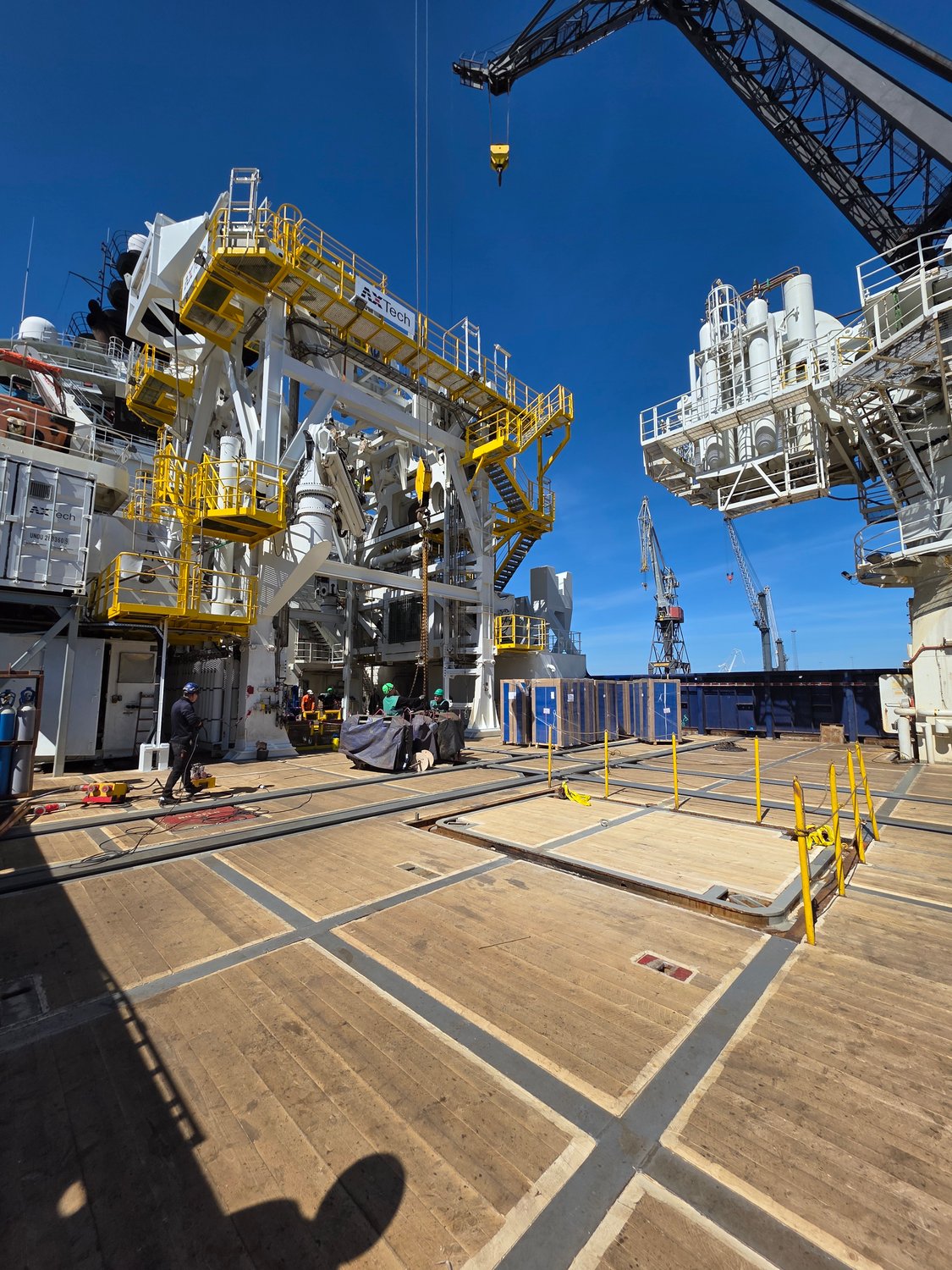
Technical Highlights of the Conversion
The conversion was a joint effort between the shipowner (REM Offshore) and the charterer (DOF Subsea), and it included the following scope
For REM Offshore (Shipowner):
- Installing a battery system (ESS) and an exhaust gas cleaning system (SCR), the latter requiring a comprehensive rebuild of the area around the exhaust pipes (the casing).
- Upgrading the vessel with a new dynamic positioning (DP) system and associated reference systems.
- Performing significant upgrades to the offshore crane and the LARS (Launch and Recovery System) equipment.
For DOF Subsea (Charterer):
- Installing a 400-tonne module handling system (MHS) tower over the vessel's moonpool.
- Expanding ROV capacity to three systems and upgrading the corresponding control room.
- Adapting the deck with a new skidding system for module handling and a T-bar for seafastening.
